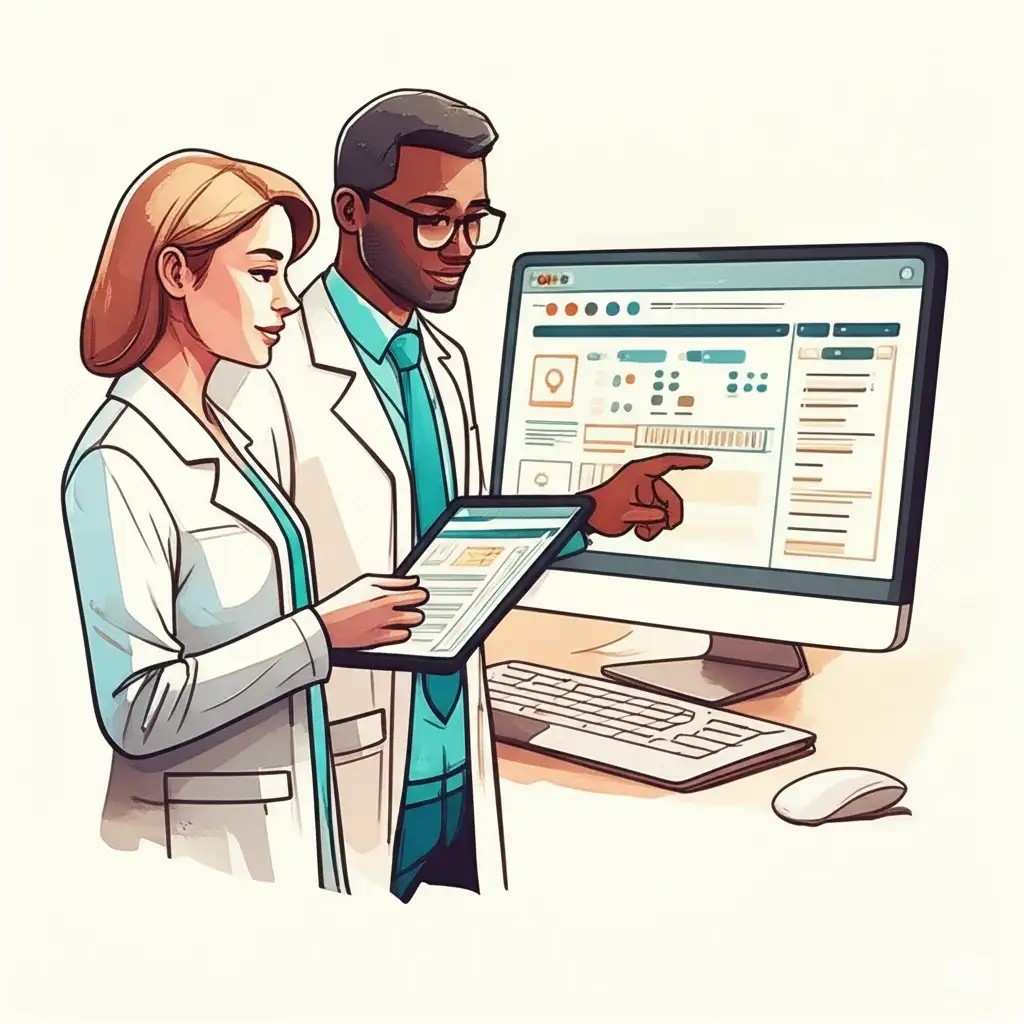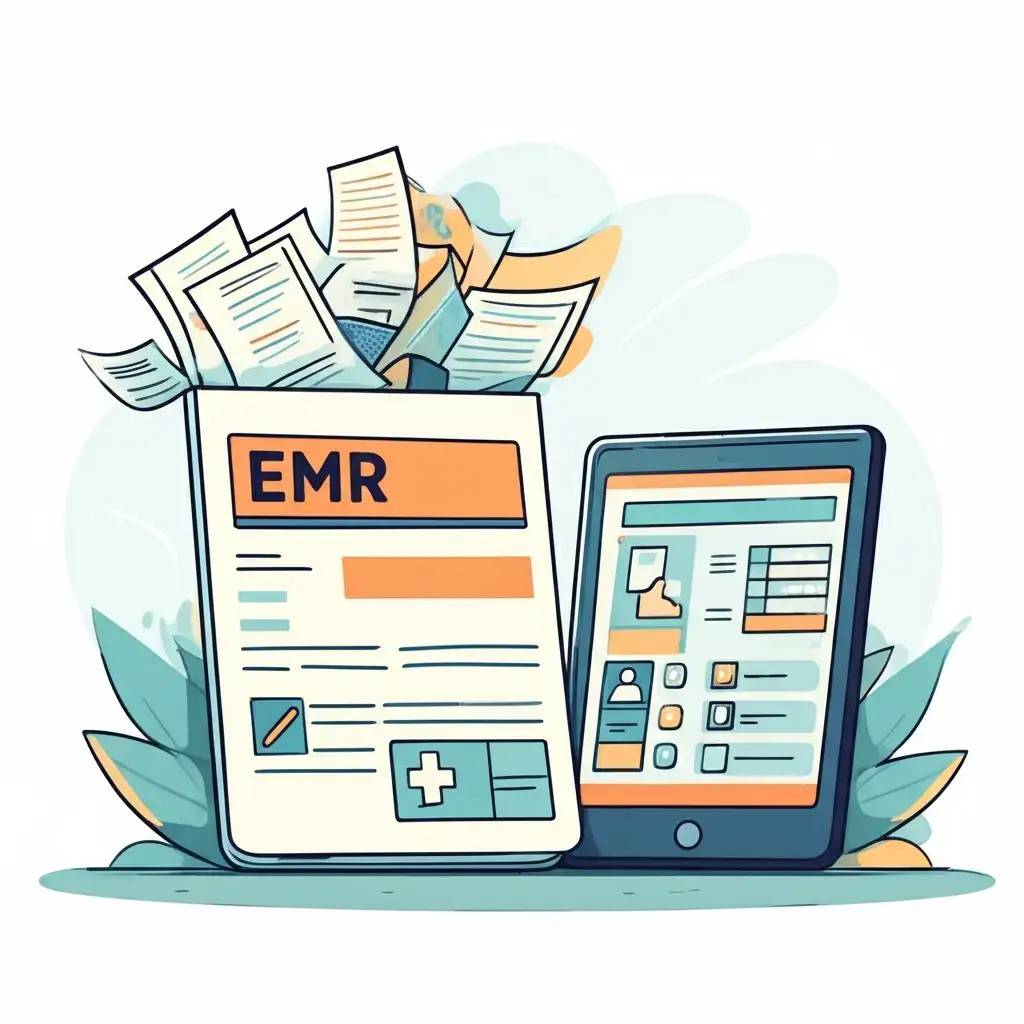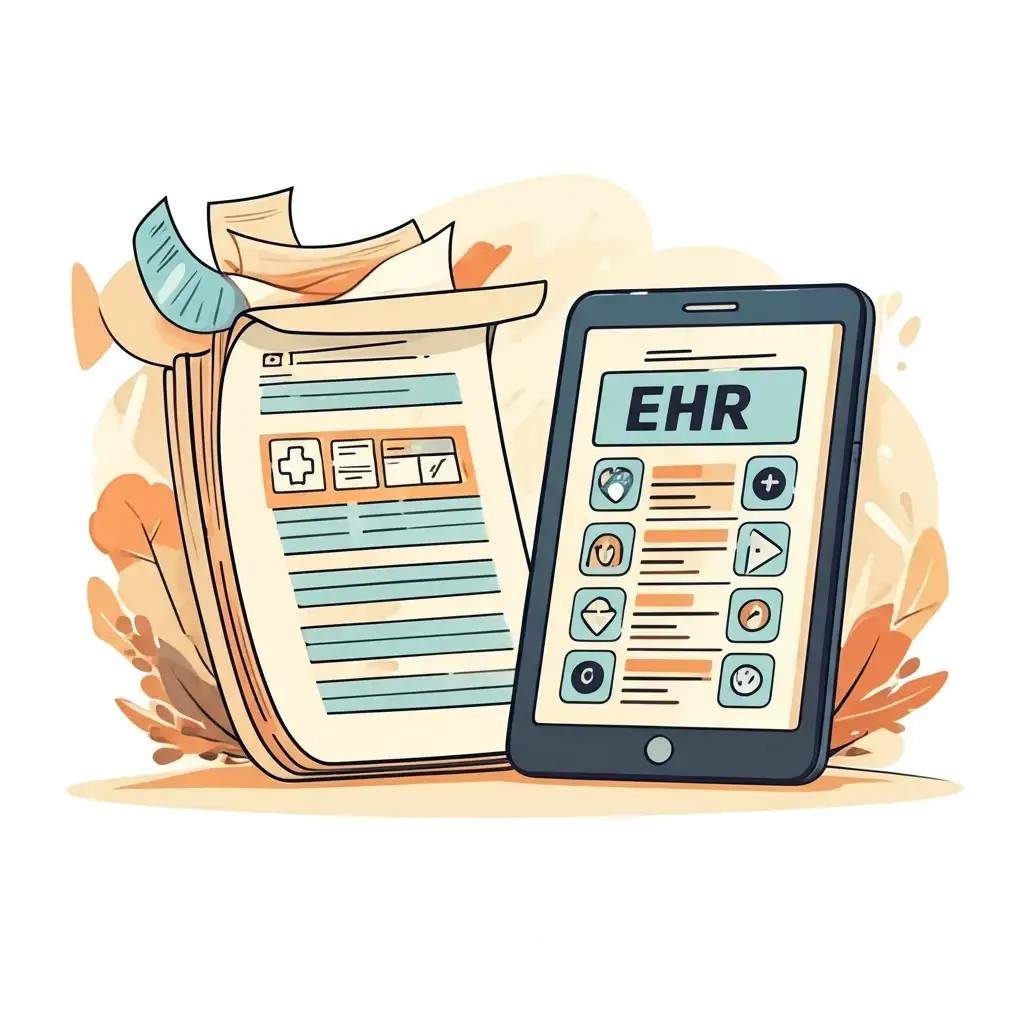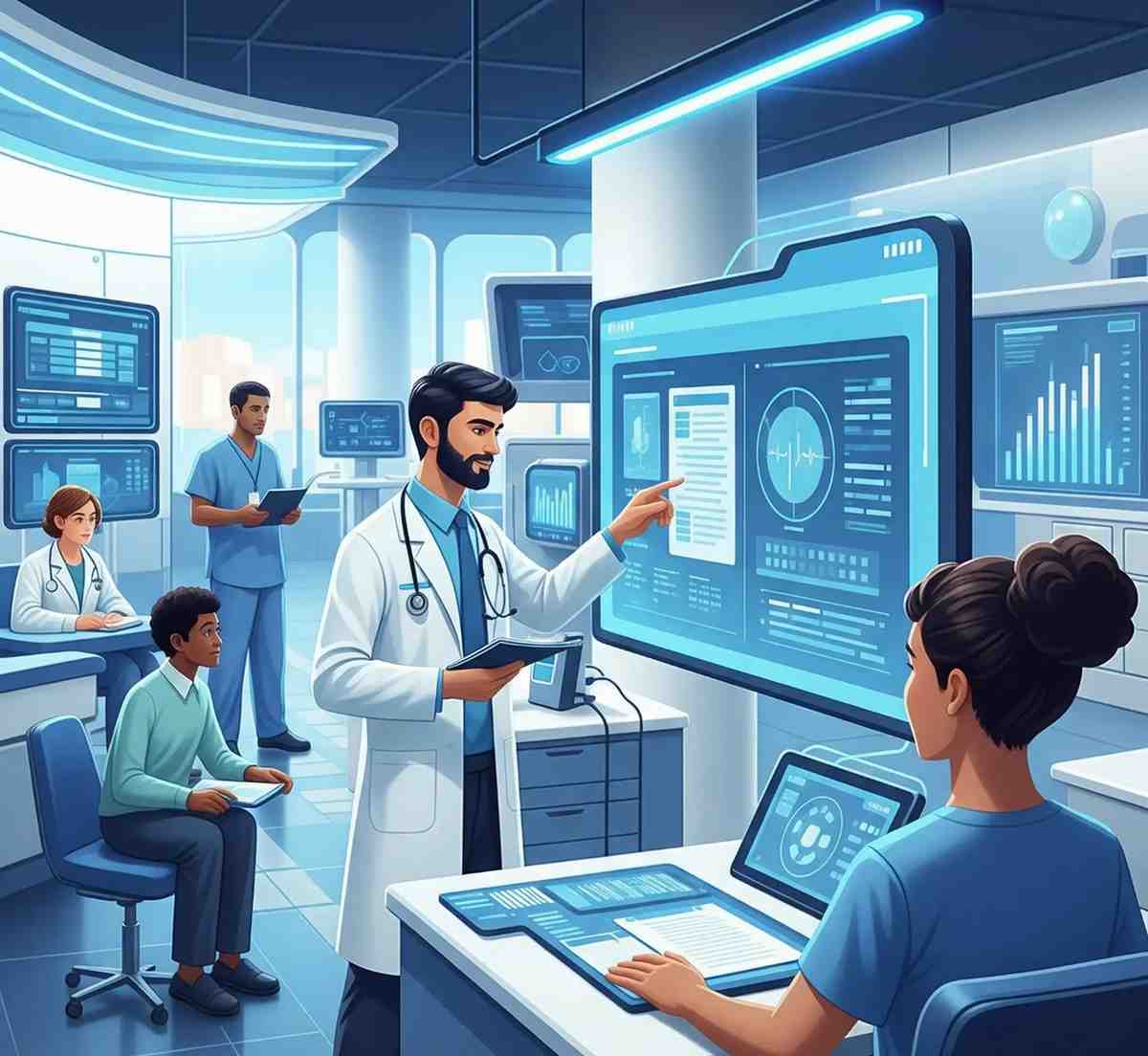
As healthcare rapidly digitizes, two acronyms dominate conversations about patient records: EMR and EHR. While often used interchangeably, Electronic Medical Records (EMR) and Electronic Health Records (EHR) are distinct systems with unique roles in modern healthcare. Understanding their differences is crucial for healthcare providers, administrators, and patients alike—especially when choosing the right digital solution for your organization.
At SmartHMS, we empower healthcare facilities with advanced, interoperable solutions. This guide will clarify the EMR vs. EHR debate and help you make informed decisions for your practice.
What is an EMR?

An Electronic Medical Record (EMR) is a digital version of the paper charts found in a clinician’s office. It contains the medical and treatment history of patients within a single practice or organization. EMRs streamline record-keeping, making it easier for providers to track data over time, identify patients for preventive visits, and monitor treatment outcomes.
Key Features of EMR
- Stores patient data such as diagnoses, medications, allergies, immunizations, and treatment plans within one healthcare provider’s system.
- Primarily used for diagnosis and treatment by a single provider or clinic.
- Improves efficiency over paper records with features like electronic prescribing and automated reminders.
Limitations
- EMRs are not designed for sharing information outside the originating practice.
- If a patient switches providers, their EMR typically does not travel with them—manual transfer is required.
What is an EHR?

An Electronic Health Record (EHR) is a comprehensive, digital record of a patient’s overall health, designed to be shared and updated by multiple healthcare providers across different organizations.
Key Features of EHR
Contains all the data found in an EMR, plus broader information such as lab results, imaging, allergies, immunizations, and even demographic and insurance data.
- Designed for interoperability—EHRs can be accessed and updated by authorized providers across clinics, hospitals, labs, and pharmacies.
- Supports clinical decision-making with advanced tools, alerts, and analytics.
- Follows the patient through their healthcare journey, ensuring continuity of care.
Advantages
Enables seamless data exchange, reducing duplicate tests and improving care coordination.
- Enhances patient engagement through portals, secure messaging, and real-time access to health information.
- Meets regulatory requirements for data sharing and quality reporting.
EMR vs EHR: A Side-by-Side Comparison
| Feature | EMR (Electronic Medical Record) | EHR (Electronic Health Record) |
| Scope | Single provider/organization | Multiple providers/organizations |
| Data Sharing | Limited, internal only | Interoperable, external sharing enabled |
| Content | Medical/treatment history | Comprehensive health history |
| Purpose | Diagnosis and treatment | Care coordination and decision support |
| Patient Mobility | Record stays within practice | Record follows patient everywhere |
| Regulatory Compliance | May not meet all interoperability standards | Designed for compliance and reporting |
| Patient Access | Usually limited | Often includes patient portals |
Why the Difference Matters
For Providers:
Choosing between EMR and EHR affects workflow, data accessibility, and patient care quality. EMRs may suffice for small, independent practices focused on internal efficiency. EHRs are essential for organizations seeking collaboration, regulatory compliance, and holistic patient management.
For Patients:
EHRs empower patients with greater control over their health data, facilitate smoother transitions between providers, and reduce the risk of redundant procedures.
For Administrators
EHRs offer robust analytics, reporting, and integration capabilities, supporting population health initiatives and value-based care models.
Real-World Example

Consider a patient who visits a primary care clinic (using an EMR) and later needs to see a specialist at a hospital. With an EMR, the specialist may not have immediate access to the patient’s history, requiring manual record transfer. With an EHR, the specialist can instantly access the patient’s complete health record, enabling informed, coordinated care.
Pros and Cons
EMR Pros:
- Streamlines internal record-keeping
- Reduces paperwork and manual errors
- Suitable for single-provider practices
EMR Cons:
- Limited data sharing
- Can create data silos
- Not ideal for coordinated or long-term care
EHR Pros:
- Enables comprehensive, coordinated care
- Reduces redundant tests and procedures
- Enhances patient safety and engagement
- Supports regulatory compliance
EHR Cons:
- Higher cost and complexity of implementation
- Requires robust technical infrastructure
- May have a steeper learning curve for staff
The Future: Why EHRs Are Becoming the Standard
Healthcare is moving toward integrated, patient-centered care. EHRs, with their interoperability and comprehensive scope, are increasingly seen as the foundation for modern healthcare delivery. Regulatory incentives and patient expectations are accelerating this shift.
How SmartHMS Can Help
At SmartHMS, we specialize in delivering advanced, interoperable EHR solutions tailored to your organization’s needs. Our systems ensure secure, real-time data sharing, support regulatory compliance, and empower both providers and patients with actionable insights.
Whether you’re upgrading from paper records, transitioning from EMR to EHR, or seeking to optimize your existing digital infrastructure, SmartHMS is your trusted partner for a smarter, healthier future.
While EMRs and EHRs both digitize healthcare records, their differences have profound implications for care quality, efficiency, and patient outcomes. EMRs are ideal for internal record-keeping within a single practice, while EHRs provide a comprehensive, interoperable view of patient health across the entire care continuum.
For healthcare organizations aiming to deliver coordinated, high-quality care, investing in a robust EHR system is the way forward. Contact SmartHMS today to learn how our solutions can transform your healthcare delivery.
